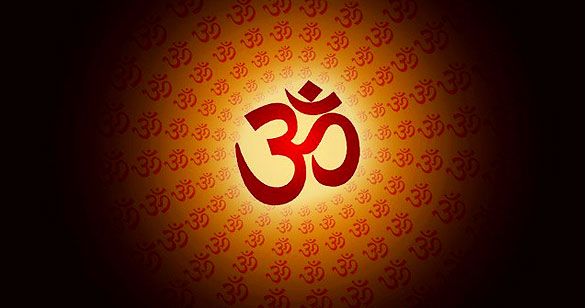यत् तत् कारणमव्यक्तं नित्यं सदसदात्मकम् ।
तद्विसृष्टः स पुरुषो लोके ब्रह्मैति कीर्त्यते ॥ ११ ॥
yat tat kāraṇamavyaktaṃ nityaṃ sadasadātmakam |
tadvisṛṣṭaḥ sa puruṣo loke brahmaiti kīrtyate || 11 ||
The ‘cause’ spoken of here is one who is always the never the product; the formation of his body is not dependent upon the will of any other being; he is endowed with a natural supremacy all his own;—‘unmanifest and eternal’ as already explained (under verse 7);—‘partaking of the nature of the existent and the non-existent’;—‘sadasat’ stands for the ‘sat,’ ‘existent,’ and the ‘asat,’ non-existent’; and the said ‘cause’ is one whose ‘nature,’ character, consists of the said ‘existent and non-existent.’
“But how can a single entity partake of the two contradictory characters of the ‘existent’ and the ‘non-existent’?”
The answer to this is as follows:—In as much as people of the present day cannot form any idea of such a heing, the cause becomes incapable of being spoken of as ‘existent,’ and hence is described as ‘partaking of the nature of the non-existent; and yet, in as much as the fact of the said being being the cause of the entire world is known from the scriptures, it is described as ‘of the nature of the existent;’ thus the description of Brahman as both (‘existent’ and ‘non-existent’) is not incongruous, being based, as it is, upon the difference in the character of the persons conceiving of it.
“As a matter of fact, this is true of all things; everything is ‘existent’ in its own form and ‘non-existent’ in the form of other things; why then should it be stated that this is not incongruous in the case of Brahman only?”
The answer to this is as follows:—Under the philosophy of ‘Non-duality’ nothing except Brahman being ‘what is that other thing which (while existent in its own form) could be spoken of as ‘non-existent’ in the form of Brahman?
‘The being produced by that,’—being brought into existence, being created within the egg; this Being ‘is described among people as Brahmā’; the being, who is found mentioned in the Mahābhārata and other works as seated hero and there for the purpose of granting boons to such Devas, Asuras and Ṛṣis as have performed severe austerities,—he was the first to be created by the afore-mentioned Supreme Being, the Highest Brahman.
